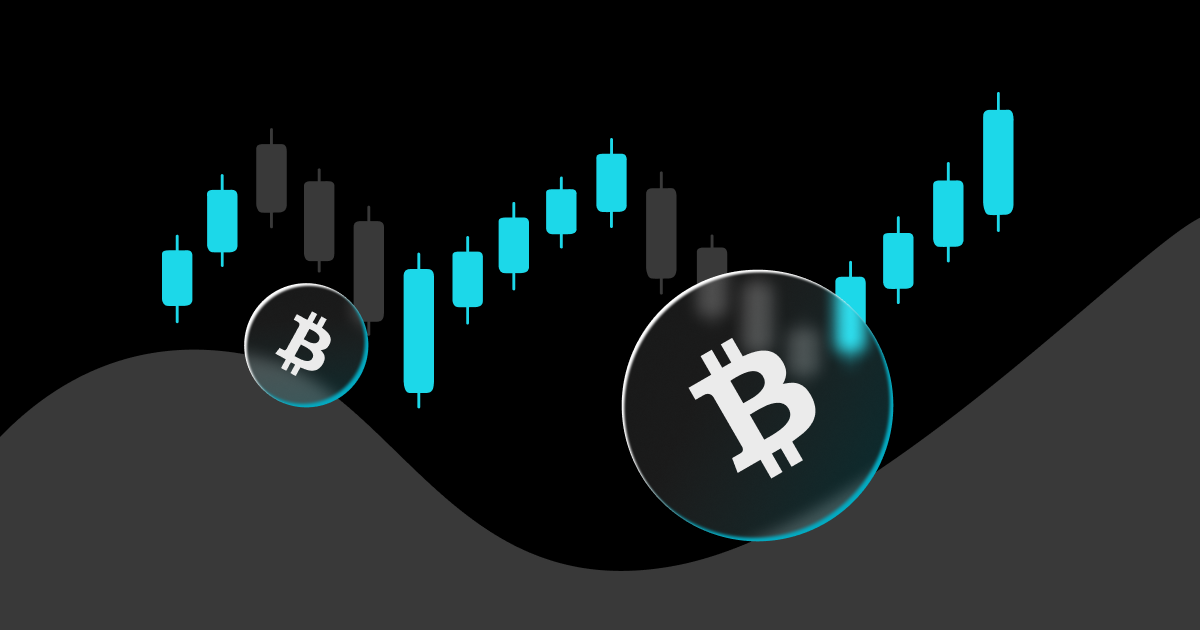
Trump's Second Term: Crypto's Moment In The Spotlight
Following the context of changes in global policies after the victory of Donald Trump, crypto market cap has surpassed $3 trillion, and the Fear Greed Index is standing at Extreme Greed approaching 90/100.
Maturing Opportunities Just In Time For A Maturing Market
As traditional financial systems brace for radical changes, the cryptocurrency market finds itself in a rare, advantageous position. No longer just an asset class for speculative investors, cryptocurrencies - led by Bitcoin - are increasingly being recognised for their value as decentralised stores of value and inflation hedges. Trump’s potential fiscal expansion and the resulting inflationary pressures would strengthen Bitcoin’s narrative as “digital gold.” Should Trump proceed with his fiscal agenda, the ensuing inflation and dollar devaluation would likely drive both retail and institutional investors toward assets that offer a hedge against traditional fiat currency risks.
One notable trend is the gradual incorporation of Bitcoin into pension fund portfolios, a move that highlights Bitcoin’s maturation as a recognised asset class. Pension funds, traditionally conservative and focused on preserving long-term value, have begun to make tentative allocations to Bitcoin, signalling growing acceptance of crypto’s potential as a legitimate store of value in a fast-paced economic environment.

Bitcoin holdings in TradFi and by nations. Source: VanEck
But this isn’t just a story of Bitcoin as a safe haven; the broader crypto market stands to benefit from Trump’s approach to deregulation. His promises to reduce regulatory hurdles, which should be supported by a pro-crypto Senate and House of Representatives and most likely include a change in leadership at the SEC, could foster an environment ripe for innovation. Projects in DeFi, Web3, and blockchain infrastructure that have been long constrained by regulatory uncertainty may find new opportunities to develop within a friendlier U.S. market. In such an environment, digital assets could transition from fringe assets to integral components of the global financial system, where institutional investors now view them as viable diversifiers in a rapidly changing economy.
A Bold Path To New Heights
Bitcoin’s recent rally brought consecutive all-time highs over just two days, reaching $80,000 on November 10 and then rising to $82,000, $84,000, $85,000, $87,000, and $89,000 on November 11 and sealed the $90,000 deal on some exchanges on November 13. This remarkable upward movement has fuelled a surge in conviction that Bitcoin could breach the six-digit mark. This optimism stems not only from inflationary pressures and a weakening dollar but also from Bitcoin’s unique supply dynamics following its fourth halving in April 2024. The halving , which reduced Bitcoin’s block reward from 6.25 BTC to 3.125 BTC, has added scarcity (a historically significant factor in Bitcoin’s upward price movements) to the market. Although a six-digit valuation remains speculative, the convergence of heightened institutional interest and Bitcoin’s constrained supply lends weight to this bold outlook.

BTC is celebrating its new ATHs. Source: Alex Thorn/Galaxy Research
Characterised by persistent inflation and low interest rates, the current economic landscape further enhances Bitcoin’s appeal as a hedge against any fiat currency devaluation. If Trump’s policies contribute to additional inflationary pressures, Bitcoin could gain even greater traction as a store of value and become even more appealing to both retail and institutional investors seeking alternatives. For the first time, Bitcoin is officially positioned as a potential counterbalance to traditional assets that offers a unique store of value in an era of economic uncertainty. This evolving macroeconomic environment amplifies the conceivability of the ambitious $100,000 milestone in the near future, maybe even by the new year 2025. However, should Bitcoin approach $100,000 (or even at $90,000 already), be careful that a huge wave of profit-taking is likely to follow, with even a modest price drop potentially wiping out hundreds of millions in leveraged long positions.
Meanwhile, Ethereum stands to benefit from similar economic and regulatory conditions, albeit in a different capacity within the digital economy. As the foundation for decentralised finance (DeFi), smart contracts, and NFT ecosystems, Ethereum’s value is driven by its utility beyond the realm of guesswork. Expectations of increased institutional adoption and favourable regulatory changes under Trump’s administration could push Ethereum toward $5,000. Such growth could also propel Layer 2 solutions that are built on Ethereum but designed for faster and cheaper transactions and position them as a key infrastructure in a higher-value Ethereum ecosystem. With its adaptability and the growth of applications on its platform, Ethereum is uniquely positioned to drive a new wave of decentralised innovation not only in finance. In the broader altcoin market, memecoins like Dogecoin are also experiencing renewed interest. Given Elon Musk’s close ties to Trump and his outspoken support for Dogecoin, the so-called “Dogefather” has rekindled enthusiasm for the alpha doggo and its pack of memecoins that thrive on social and political momentum.

DOGE surged past XRP and then USDC over the course of two days (November 10-11, 2024) to become the 6th largest cryptocurrency. Source: CoinMarketCap
Navigating An Era Of Economic Experimentation
Trump’s return brings about more than just a political shift; it initiates an era of economic experimentation. As the U.S. seemingly charts a path that blends elements of nationalism, fiscal expansion, and industrial policy, global markets will grapple with its implications. Europe, Asia, and BRICS nations may increase their efforts in exploring pathways to reduce dependence on the dollar and strengthen regional economic frameworks considering Trump’s America-centric policies. For the crypto market, particularly Bitcoin and Ethereum, these changes would offer validation and opportunity to solidify their roles as essential assets in diversified portfolios.
Ultimately, Trump’s policies could draw comparisons to both the New Deal and China’s state-directed capitalism, and, in that process, redefine the contours of the global economy. But unlike previous economic experiments, this time, a decentralised asset like Bitcoin is poised to play a central role in navigating volatility. For those holding Bitcoin and Ethereum, the next few years could be the realisation of a long-awaited dream: the moment when digital assets are truly integrated into the global economy and transform not only wealth but also the very architecture of financial security.
Disclaimer: The opinions expressed in this article are for informational purposes only. This article does not constitute an endorsement of any of the products and services discussed or investment, financial, or trading advice. Qualified professionals should be consulted prior to making financial decisions.

- Understanding the Stock-to-Flow Model: Scarcity Drives Value2025-04-22 | 5m
- How to Do Copy Trading: A Comprehensive Guide2025-04-22 | 5m


